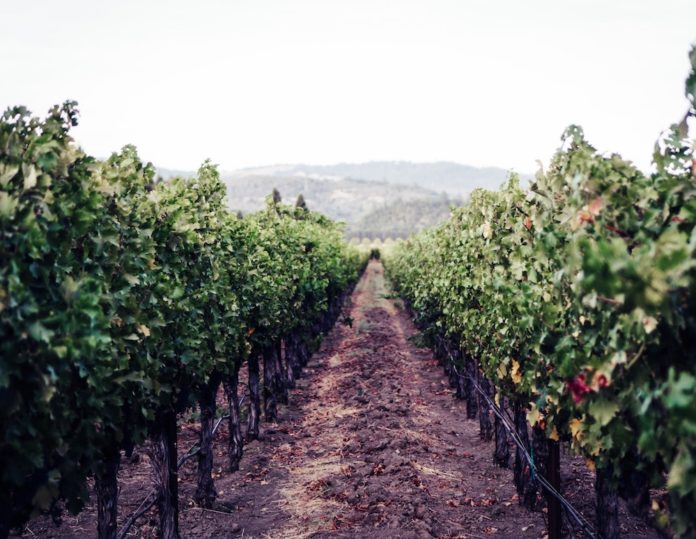Since the 2019 North Coast harvest, I have reported on the significant shock waves facing the wine industry.
The past decade was generally very positive. The economy remained quite strong, and producers had great depletions and could periodically take price increases. Wine growth was robust as the consumer appetite for premium and ultra premium wines seemed insatiable.
While there were certainly winners and losers among producers, the industry outlook remained bullish. Wineries savored these good times.
Now, the new decade has ushered in an age of declining wine prices, with supply far outstripping demand.
This trend seems very real, and we will analyze how the landscape has changed so dramatically, so quickly.
Over the previous decade, annual wine sales reliably increased 3% to 4%. Industry veterans expected this trend to continue unabated.
They were wrong. Wine now faces increased competition, particularly from cannabis, hard seltzer and brown spirits.
Wine sales were flat last year. The industry remained confident that wine was an insulated category, and that sales would not be effected by cannabis or other alcoholic beverages. I repeatedly heard that cannabis, hard seltzer or the growth of certain spirit categories would not affect wine consumption.
Many in the industry still vehemently take this position. The assumption was that categories like hard seltzer and cannabis would only cannibalize beer sales, and not wine. Does this still ring true?
U.S. consumers are now drinking less. Millennials in particular are putting down their wine glass and drinking less than previous generations.
These trends, plus the bumper wine crops in California, have led to a glut of wine in the marketplace.
2018 was a huge wine crop. It was followed by a slightly above-average crop. With the big 2018 harvest in California, followed by a decent 2019 crop, some wineries even let grapes die on the vine, because they had much more than they needed. One of the largest wine purchasers, Constellation Brands, was purportedly on the sidelines, and may have even been a net seller.
I just returned from purchasing wine in California. In my 21 years in the industry, I have never seen as precipitous a fall in wine pricing in such a short period of time. While wineries are not ready to start dropping pricing, they may be forced to, once aggressive pricing from vintage 2018 negociant brands start hitting retailer shelves.
Enterprising retailers with some economies of scale are scooping up these wines, which will present tremendous opportunities. For example, Napa cabernet pricing was previously skyrocketing, with over $50 bottles very commonplace. With the profound opportunities in the marketplace now, there will be good Napa cabs on the shelves at much better pricing.
Other warning signs are on the horizon.
The 25% tariff that has been in place since mid-October on French, German, Spanish and other wines will drag on wine consumption. For many imports, prices are going up, and selection is going down. Consumers who prefer these foreign styles may not simply switch to American wines, as it is a different kind of taste profile.
Consider this: What if our strong economy reverses course? That would be devastating for American wineries. A hit on discretionary consumer spending will cause consumers to trade down, or look at other categories.
There will be winners and losers among alcohol beverage retailers. Savvy operators will take advantage of these trends, and offer exciting wines to their loyal customers at attractive pricing.
For those retailers who simply continue to stock their shelves without understanding the changing complexities of the marketplace, they face losing market share, slowly, over time.
As chairman of the Pennsylvania Liquor Control Board, Jonathan Newman was the nation’s largest wine buyer, and brought a number of popular innovations to bear, including the Chairman’s Selection program and opening of local stores for Sunday sales. Follow Jonathan on Twitter at @NewmanWine and visit his website: newmanwine.com. Read his recent piece, Forecasting the Wine Retail Market in 2020.
Feature photo by Daniel Salgado on Unsplash.









